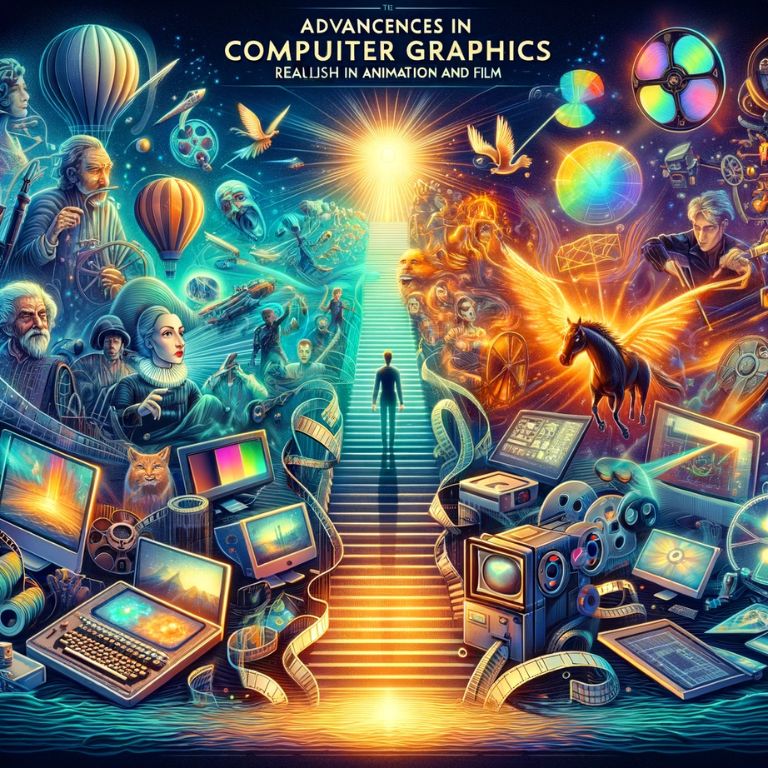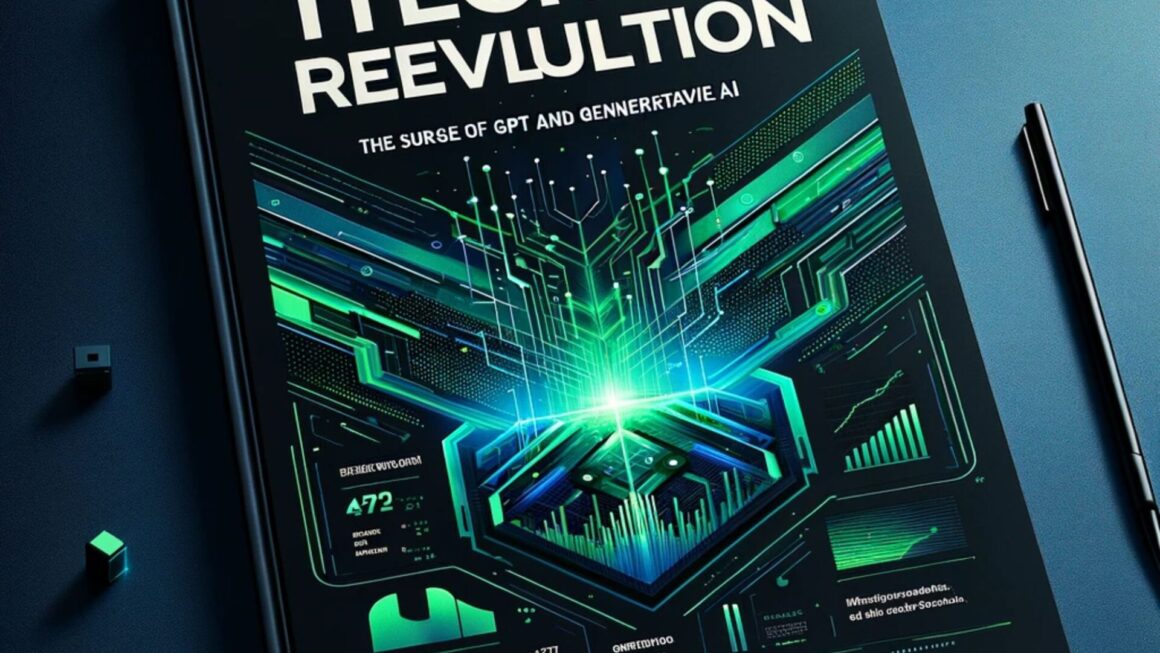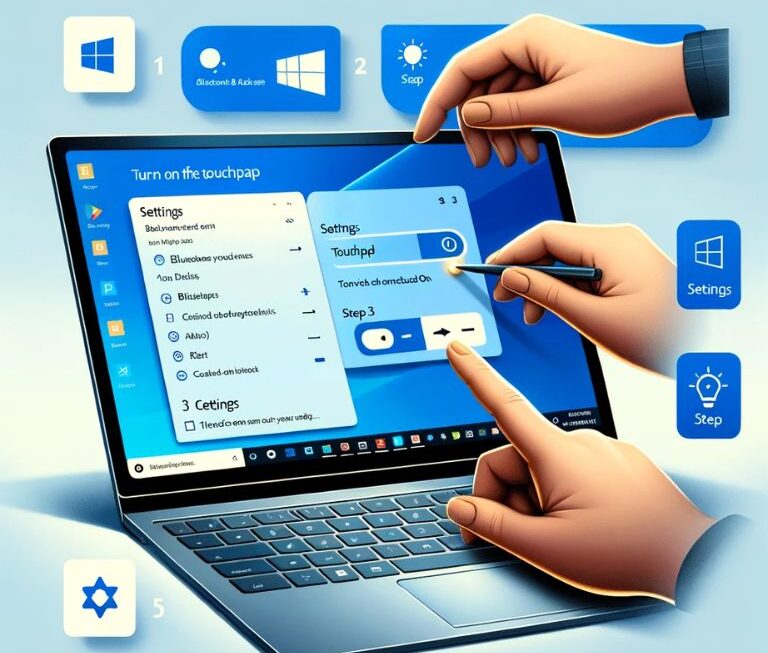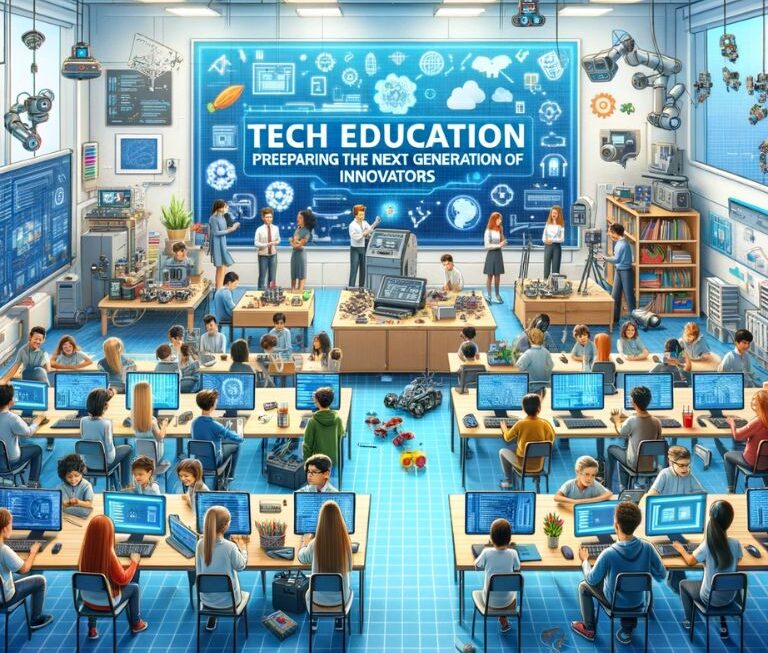The film industry has been revolutionized by the introduction of real-time rendering, initially developed for video games but now a cornerstone in film and animation production. This technology allows instant visualization of computer graphics, enabling artists and filmmakers to see and modify their work immediately. This real-time feedback accelerates production timelines and enhances creative flexibility, particularly useful in blending digital and physical elements in live-action films and creating complex animations.
Real-time rendering has notably transformed the previsualization stage in filmmaking. It empowers directors and cinematographers to experiment and plan shots with greater accuracy and efficiency, significantly saving time and resources while elevating the creative quality of the final product. This technological advancement is not just a time-saver but a game-changer, reshaping storytelling in film and animation.
Revolutionizing Film Production: The Integration of Game Engines
The integration of game engines like Unreal Engine and Unity into film production represents a groundbreaking shift in the landscape of computer graphics and filmmaking. These engines, initially developed for creating immersive video game environments, are now pivotal in producing highly realistic visual effects and animations in films.
Game Engines in Film: A New Era
Game engines bring a unique advantage to film production: the ability to create and modify complex digital environments in real time. This capability has been a boon for filmmakers, allowing them to experiment with visual styles and effects that were previously impossible or prohibitively expensive. Films like “John Carter” and “World War Z” are prime examples of how these engines have been used to create stunning visual sequences and enhance storytelling.
Enhancing Creative Processes
The use of game engines extends beyond just visual effects. They facilitate a more integrated approach to filmmaking, where directors and visual artists can collaborate more closely. This collaboration was evident in projects like “Star Wars: Episode II — Attack of the Clones,” where the early adoption of these technologies laid the groundwork for today’s digital workflows. The real-time aspect of these engines enables a more dynamic and interactive creative process, significantly impacting how films are planned and executed.
Emerging Technologies: 3D Printing and Algorithmic Video Editing
The realms of 3D printing and algorithmic video editing represent significant emerging technologies reshaping film production. 3D printing, once a science fiction concept, now plays a crucial role in prop and costume design. Its ability to create detailed three-dimensional objects with ease allows for a higher level of detail and faster production times. Stop-motion animation studios like LAIKA have notably utilized 3D printing to revolutionize traditional filmmaking methods, enabling more intricate and varied character expressions.
On the other hand, algorithmic video editing is transforming post-production. This process, which involves editing footage according to predefined rules or algorithms, allows for more efficient organization and editing of film material. It’s particularly useful in documentary production, where it can sort and edit vast amounts of footage based on visual identifiers like faces or landscapes. Moreover, it can even alter dialogue post-recording, opening new possibilities in film editing.
Both technologies are not just about efficiency; they also expand creative possibilities. 3D printing bridges the gap between digital design and physical reality, enhancing creative freedom in film production. Algorithmic editing, while rooted in traditional editing principles, brings a new level of precision and innovation to post-production. Together, these technologies are shaping a new future for filmmaking, characterized by increased efficiency, precision, and creative potential.
The Internet of Things and Volume Technology: Shaping the Future of Filmmaking
The integration of the Internet of Things (IoT) and Volume Technology is dramatically reshaping the filmmaking landscape. IoT, referring to the interconnectedness of devices via the internet, has found its way onto film sets, enhancing production efficiency and creativity. Wireless technologies now allow for real-time monitoring of equipment and crew, optimizing logistics and even contributing to safety protocols, like COVID-19 contact tracing.
Volume Technology, a newer innovation, is transforming visual effects and set design. Utilizing massive LED walls to display pre-recorded images, this technology creates a seamless blend of live-action and digital elements within a shot. First popularized in high-budget productions like “The Mandalorian,” Volume Technology enables filmmakers to achieve highly immersive and realistic environments. It offers customizable digital backdrops, reducing the need for physical set pieces and location shoots, thereby saving time and resources.
Together, IoT and Volume Technology are not only improving operational efficiency but also opening new avenues for creative storytelling. They exemplify how digital advancements continue to revolutionize the filmmaking process, from pre-production to post-production.
Conclusion
In conclusion, the advancements in computer graphics, from the integration of real-time rendering and game engines to the innovative applications of 3D printing and algorithmic video editing, have ushered in a new era of realism in animation and film. The Internet of Things and Volume Technology further exemplify this revolution, offering unprecedented levels of efficiency and creative possibilities. These technologies are not just reshaping the technical aspects of filmmaking but are also redefining the art of storytelling, enabling filmmakers to bring more immersive, detailed, and captivating stories to life. As these technologies continue to evolve, they promise to push the boundaries of what’s possible in animation and film, heralding an exciting future for the industry.




